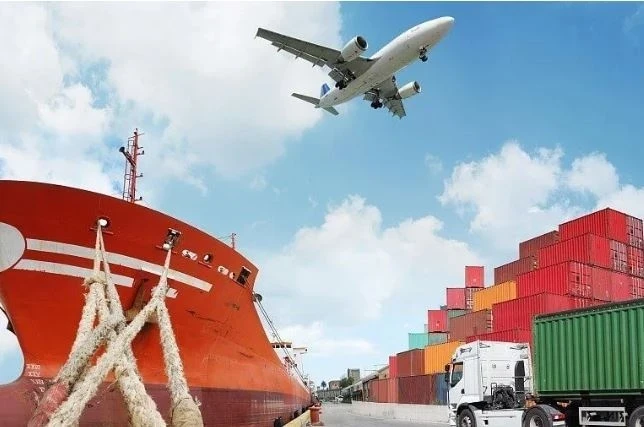
Kyrgyzstan is a state in the Central Asian region, whose location has significant geopolitical and...

During the period in question, Kyrgyzstan was unable to conduct any foreign policy. However,...

Kyrgyzstan borders Kazakhstan, Uzbekistan, and Tajikistan — friendly states that are close in...

Kyrgyzstan borders one of the most developed regions of Kazakhstan — Almaty. This proximity...

The increase in gas exports is also related to the planned construction of the main gas pipeline...

The President of Kyrgyzstan will make a state visit to Kazakhstan. This is reported by the media...

Over the years of independence, the processes of social development in the country have...

However, those wishing to sell cars in EAEU countries will have to pay the difference to the level...

In terms of trade volume with Kyrgyzstan, Kazakhstan ranks third. Kyrgyzstan trades with a total...

1600 Years of the Great Road In the decades following the death of Zhang Qian, his plan of...

Confidently taking its place in the Customs Union on its own terms, Kyrgyzstan has embarked on the...

The tourism sector is one of the largest and fastest-growing in the world and provides the most...

Population of Kyrgyzstan in 2019 In 2019, the population of Kyrgyzstan will increase by 104,931...

Iran is considering the possibility of joining the Eurasian Economic Union and also intends to...

On November 7, 2014, in the city of Astana, the 4th meeting of the Supreme Intergovernmental...
API error: no response...

The Kyrgyz cultural project Silk Road Fest has unofficially been recognized as the best and has...

Sovereign Kyrgyzstan is an equal member of the international community. One of the most important...

Let’s briefly summarize such an important period as the first 'hundred days' of the...

In his article, Belov pointed out that significant changes occurred in the freight transportation...

The foreign policy of the Kyrgyz SSR was built in accordance with the foreign policy course of the...

Apas Jumagulov on Kyrgyz Women The history of the development of world civilization is largely the...

U.S. Secretary of State John Kerry is concluding his Central Asian tour this week, having visited...

Members of the Eurasian Economic Commission concluded at the meeting of the EEC Board that a...

Today, the issues of accessibility and quality of education are at the heart of educational...

Within the framework of the Commonwealth of Independent States, a priority direction for...

The EU will provide Kyrgyzstan with a new government budget support program of 30 million euros,...
The IMF has presented its growth forecast for economies around the world, including the Middle East...

The foreign ministers of Kazakhstan and Kyrgyzstan have signed a cooperation program for 2014-2015...

We do not have data on the development of science and education among the nomadic peoples of...

The magazine "Forbes" published a ranking of the most visited resorts from the former...
A recent meeting held by the special representative of the President of Kyrgyzstan for the...

AUCA Forum and Grenoble Alpes University within the framework of the USAID project – “Building the...

Today, November 24, 2014, an Agreement was signed between the Government of the Kyrgyz Republic...

A book by the renowned economist, chairman of the Eurasian Economic Analytical Club, Nikita...

Kyrgyz of Fergana Together with Uzbeks Created the Kokand Khanate Every person, no matter how...
Weather forecast for various regions of Kyrgyzstan from October 23 to November 4. According to data...

A special direction of foreign policy activity during the past period has been the development of...

Since the Kyrgyz did not have their own state formation during the period in question, there is no...

Kurut This is a fermented milk product in the form of small dried balls, a unique Central Asian...

Kyrgyz Basketball Players Advance to the Quarterfinals of the Asian Championship From October 27...

Population of Kyrgyzstan from 1917 to 1970...

Today, October 22, Prime Minister of the Kyrgyz Republic Joomart Otorbaev held a meeting with the...

When: August 28 at 10:00 AM...
Azat Erkimbaev, who previously led the Kyrgyzstan national team in Greco-Roman wrestling, won a...

President of the Kyrgyz Republic Almazbek Atambaev met today, November 26, with the Prime Minister...

Dear Ladies and Gentlemen!...

Kamyshev Alexander Mikhailovich Born in 1953 in Kemerovo region. In 1975, he graduated from Tomsk...